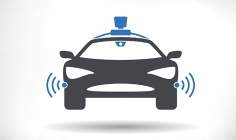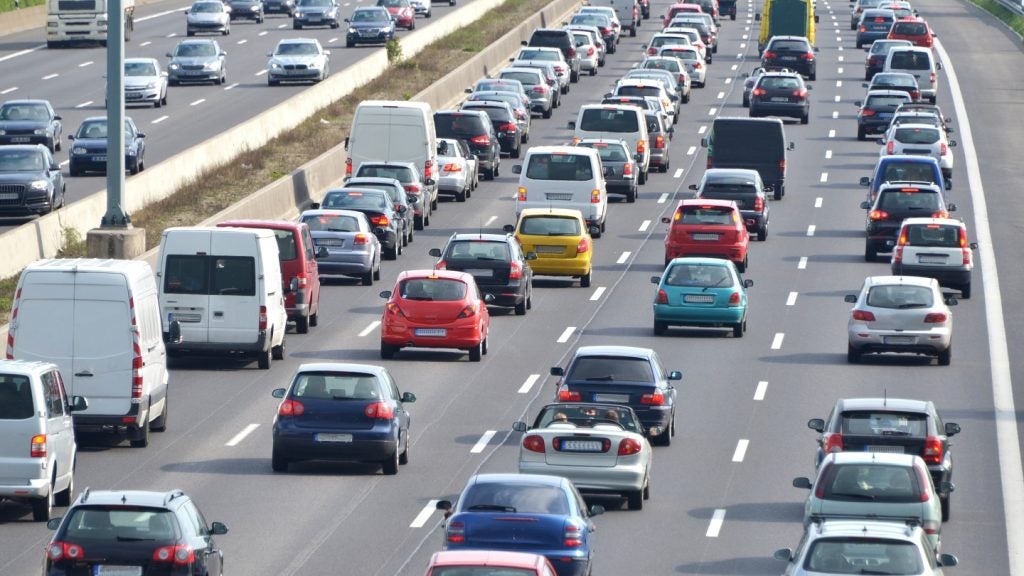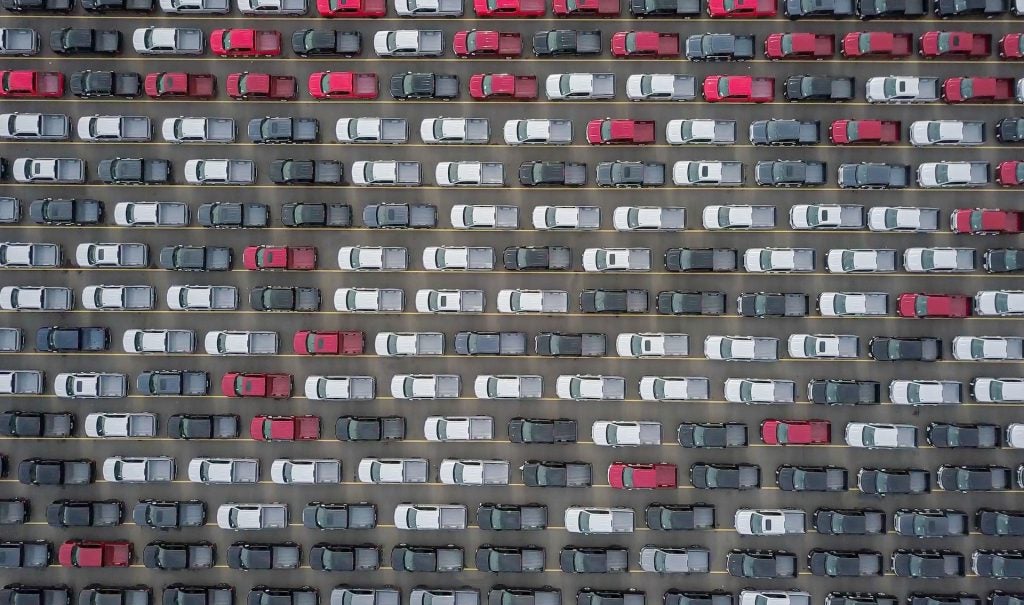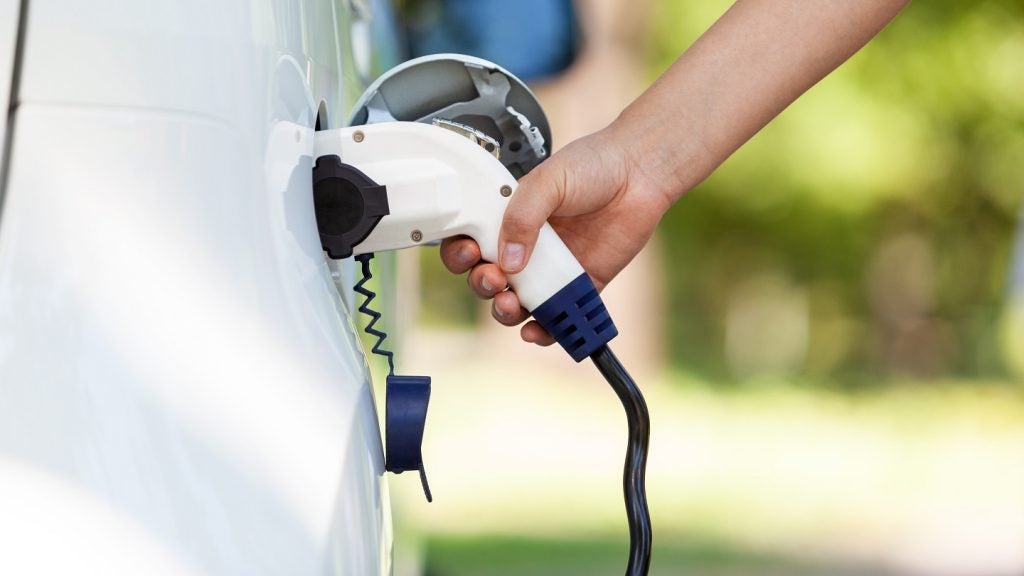
The Government has launched a £20m competitive fund for collaborative research and development into driverless vehicles that is to be matched by the industry.
In a new code of practise for testing automated vehicles, the government has also said that suitably trained and licenced drivers should supervise automated vehicles at all times during testing, and be able to over-ride the operation if necessary.
The Government revealed plans to publish the code in February 2015.
While a ‘driver’ must hold the appropriate category of driving licence for the type of vehicle being tested (for example a car or a bike), the Government suggested that a driver would need additional skills related to the technologies they are testing in the Code.
Therefore, it was suggested they receive additional training
The code also noted that all existing laws regarding driver behaviour applied to the tester, including the prohibition of the use of hand held mobile phones.
How well do you really know your competitors?
Access the most comprehensive Company Profiles on the market, powered by GlobalData. Save hours of research. Gain competitive edge.

Thank you!
Your download email will arrive shortly
Not ready to buy yet? Download a free sample
We are confident about the unique quality of our Company Profiles. However, we want you to make the most beneficial decision for your business, so we offer a free sample that you can download by submitting the below form
By GlobalDataThe code said that, at a minimum, the test vehicles should record whether it is being operated manually or in an automated mode, its speed, steering and braking commands and activation, operation of lights and horns, remote commands, as well as data concerning the presence of other road users and objects.
As the testing may involve the processing of personal data, the Data Protection Act 1998 must be complied with, and the code suggested that appropriate levels of cyber security be built into all parts.
The code said that a transition period between manual and automated modes is an important area, and that it should be tested on a private track, and that manual braking and steering should still be possible, in case of a malfunction or failure with the automated system.
At the same time, the Government launched a £20m competitive fund for collaborative research and development into driverless vehicles, which it said was to be matched by the industry.
Nick Reed, technical lead on the Greenwich GATEway project and academy director at TRL, said: "Much research and development is required before driverless cars become commonplace on our streets, but the launch of the Code of Practice brings this vision a step closer. It sets the scene for the safe evaluation and development of highly and fully automated vehicles for years to come and is another example of how the UK is leading the charge in this area. Combined with the £20m funding and the launch of the Centre for Connected and Autonomous Vehicles, the UK is now firmly positioned at the centre of future mobility."







